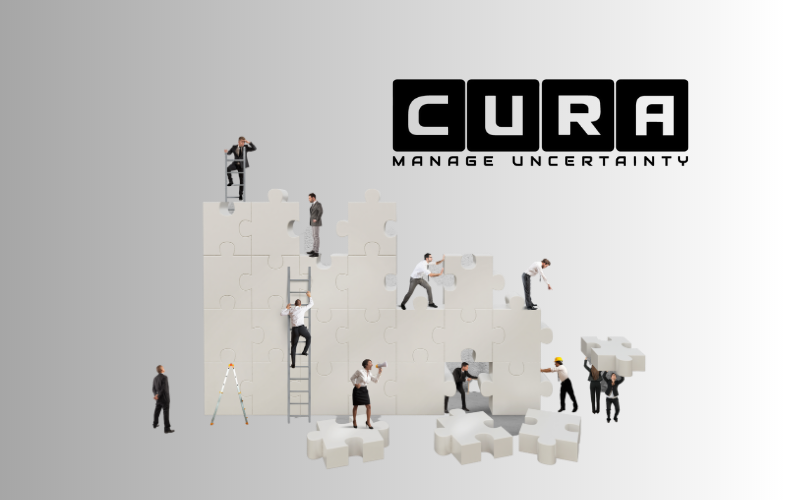Like any other potentially damaging business risk, reputational risk must be accounted for and
mitigated against.
In a corporate sense, reputational risk is defined as the potential for losses in terms of lost
revenue; increased operating, capital or regulatory costs; or the destruction of shareholder
value, that are the result of damage to an organisation’s reputation. Most often, this reputational
loss is as a result of an adverse or potentially criminal event involving the company. And since a
reputation is decided in the court of public opinion, it can be damaged even if the enterprise is
not found guilty of anything in a court of law.
In late 2017, Apple’s squeaky-clean reputation was tarnished when the conglomerate admitted
that it was purposefully throttling CPU performance on iPhone models with older and degraded
batteries. While Apple claimed that they were attempting to prevent unexpected shutdowns,
iPhone fans are outraged by the company’s complete lack of transparency. Lawsuits began
rolling in in quick succession after Apple’s admission, and as it stands now, the organization is
dealing with nearly 60 lawsuits in jurisdictions all across the country and even a few suits
outside of the U.S.
“Reputation is a performance indicator, and therefore, it is a serious risk condition for any large
enterprise. However, due to the amorphous nature of reputation, many might think it impossible
to mitigate against the possibility of reputational damage, but the truth is it – like any other risk –
can be managed,” says Alex Roberts, Regional Director for Sales and Operations at CURA
Software.
“Creating a holistic overview of potential risks, including a detailed evaluation of the company’s
current view of its strategies, risks and vulnerabilities, will help a business determine where it
stands in this regard. Then, with a risk framework in place, it becomes much easier to analyze
gaps in enterprise-level controls, conceptualize an ideal state and implement a roadmap to
reduce reputation risk.”
CURA Software’s Enterprise Risk Management (ERM) solutions are designed to enable
businesses to better manage risks of all kinds, including reputational risk, while also enabling
them to take advantage of opportunities relating to business objectives and goals. CURA
provides a powerful and flexible framework for managing risk, allowing companies to identify,
analyse, evaluate and treat both risks and opportunities in order to protect the corporate brand,
while at the same time creating value for shareholders, owners, employees, customers and
regulators.
“Our customers are able to use CURA’s ERM solution to embed and integrate risk management
into their business processes, as well as communicate risk and risk treatment widely. It can also
link risk management directly to decision-making, monitor organisational and individual
performance against goals and objectives and create a risk-aware culture through enforcement
and accountability.”
“Risks can come in many forms, but in the modern business landscape where brands now face
attack from multiple angles, it pays to have a well-considered strategy for risk management to
preserve the value of your brand. ERM software should form a key part of enabling such a
strategy. Remember, it can take years to build a reputation and mere minutes to destroy it, so
ensuring you have an effective reputational risk management strategy in place is more
important than ever,” concludes Roberts.










